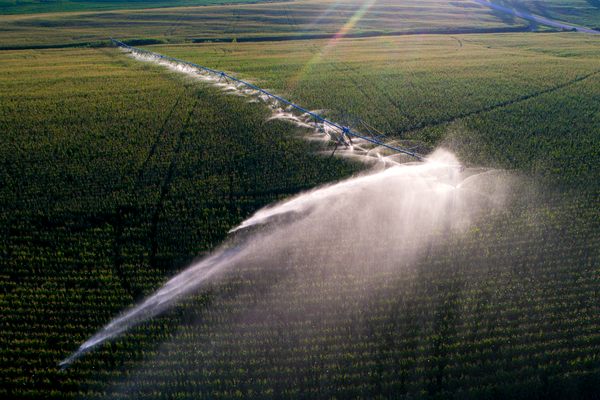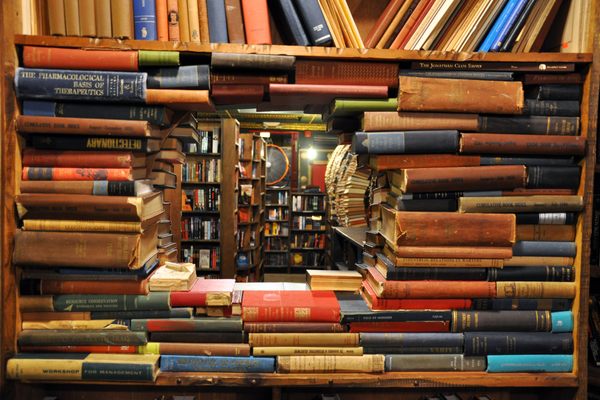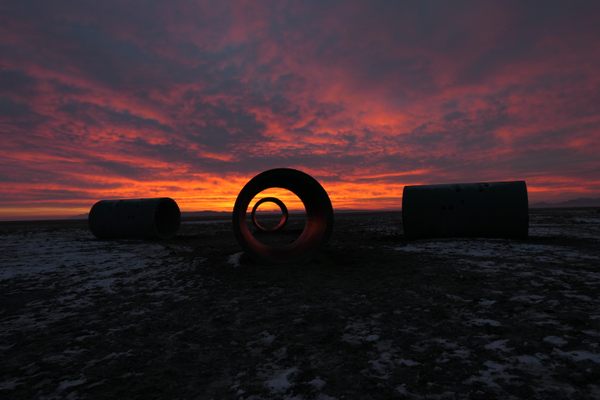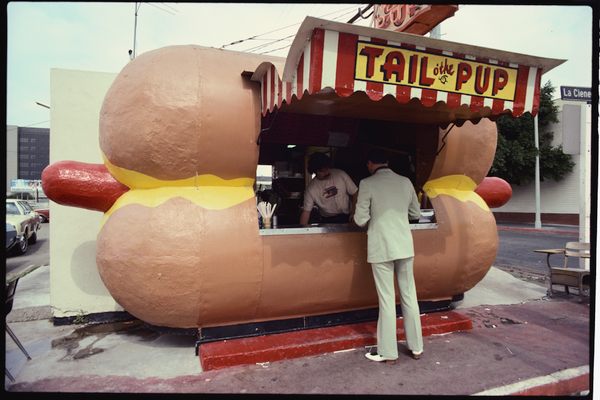For Sale: Pre-Prohibition Whiskey, Once Hidden in a Vault Behind a Bookcase
Naturally!

J.B. Leonis stored his whiskey in exactly the fashion you’d want a pre-Prohibition booze magnate and land developer to keep his liquor: in a secret vault, secured by a bank door, hidden behind a bookshelf.
Leonis came to California in the late 19th century, after his uncle Miguel, a fearsome French-speaking immigrant rancher, with questionable allegiance to the law, beckoned him to the quickly developing area around Los Angeles. Miguel would dominate the western part of the San Fernando Valley; J.B. helped found his own city. Vernon started as an industrial zone, just south of the L.A. city limits. Soon, it would be known as one of the wildest places for entertainment in southern California.
In Vernon, men could find boxing, baseball, and all manner of other diversions. But booze was one of the main draws. The Vernon Country Club was one of the city’s first night clubs, where the new stars of Hollywood would misbehave. Jack Doyle’s Center Bar boasted of having the longest bar in the world—100 feet of counter space manned by 37 bartenders. When Los Angeles went dry, the allure of Vernon only became more powerful.
Leonis, who controlled the city behind the scenes, was responsible for much of this revelry. He owned, for instance, the property that Jack Doyle’s bar was built on, and he supplied it with liquor. According to one businessman of the time, the way to get a proposition approved was to hand it over to Leonis. If he liked it, it’d pass.

But in time, the Prohibition era came for Vernon, too. It seems only natural that a man who’d made part of his fortune selling liquor would want to stockpile it. In his vaults—one in a house in Hancock, California, another at his ranch in Little Tujunga Cavern—Leonis stored pints of Hermitage whiskey, bottles of Old Crow, and dozens of other samples of whiskey made before the United States gave up alcohol.
As sometimes happens when you store your alcohol in a vault behind a bookcase, the secret of the liquor’s location faded out of memory. The properties passed to J.B.’s grandson, Leonis Malburg, a powerhouse of Vernon politics in his own right. (Malburg was mayor of Vernon from 1974 to 2009, when criminal convictions forced him from office.) When Malburg died in 2017, the family rediscovered the vaults.
Those secret stores of liquor are now being sold at auction at Christie’s. These whiskies, according to the Christie’s curators, “are indeed special, supremely unique—especially when sampled alongside their modern iteration.” In recent years, pre-Prohibition whiskies have become popular items at auctions. These are listed at prices ranging from $500, for a quart of Old Taylor Bourbon from 1911, to $10,000 for 12 quarts of Old Crow Bourbon distilled in 1912 and bottled in 1918.
Gastro Obscura covers the world’s most wondrous food and drink.
Sign up for our email, delivered twice a week.


























Follow us on Twitter to get the latest on the world's hidden wonders.
Like us on Facebook to get the latest on the world's hidden wonders.
Follow us on Twitter Like us on Facebook